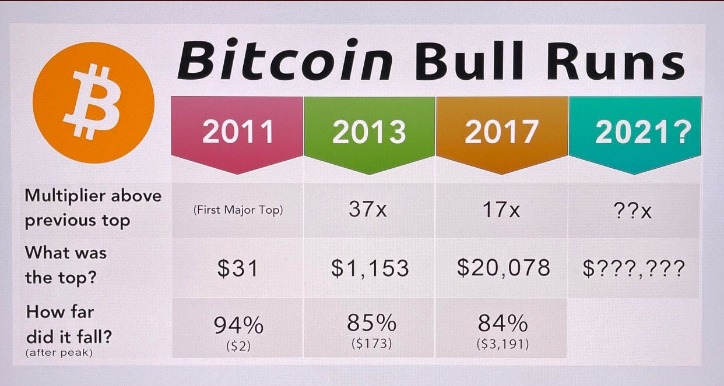Biosafety and Infection Control: The 2025 Investment Landscape
The global focus on biosafety and infection control has transcended a temporary reaction to pandemic events and has solidified into a permanent, high-growth sector. For investors, this represents a dynamic and critical frontier. The market, driven by stringent new regulatory frameworks, heightened public health awareness, and the ever-present threat of novel pathogens, is poised for sustained expansion. Identifying the biosafety and infection control stock of 2025 requires a deep understanding of the value chain, from multinational conglomerates to agile, innovative smaller players. The sector encompasses a wide array of sub-industries, including advanced personal protective equipment (PPE), automated disinfection systems, high-throughput diagnostic testing, and air purification technologies. This diversification allows for strategic portfolio allocation based on risk tolerance and growth objectives.
Established giants often provide stability and dividends, having scaled their manufacturing and distribution networks globally. However, the most explosive growth frequently emerges from companies developing disruptive technologies. Think of firms creating smart surfaces with antimicrobial properties, CRISPR-based rapid diagnostics, or robotics that automate cleaning in high-risk environments like hospitals and airports. The investment thesis is robust: governments worldwide are stockpiling essential supplies, corporations are investing heavily in workplace safety to ensure operational continuity, and consumers are increasingly demanding higher hygiene standards in public spaces. This multi-pronged demand creates a resilient and expanding market floor.
When screening for potential winners, investors should monitor key financial metrics and regulatory catalysts. A company’s pipeline of products awaiting approval from bodies like the FDA or EMA can be a significant price mover. Furthermore, securing large government or corporate contracts can provide revenue visibility and validate a company’s technology. It is crucial to analyze a company’s intellectual property portfolio; strong patents can create a powerful moat against competition. For those tracking market movements, resources like Yahoo Finance biosafety and infection control stocks and Bloomberg terminals offer essential real-time data and analyst commentary to inform these decisions.
High-Risk, High-Reward: Navigating Penny Stocks in Biodefense
The allure of Hot biosafety and infection control penny stocks is undeniable. These low-priced equities, typically trading for less than five dollars per share, offer the potential for exponential returns. A small-cap company that lands a major contract or announces a breakthrough in a novel disinfection technology can see its stock price multiply in a short period. This segment of the market is where investors often hunt for the next big innovator before it becomes a household name on major exchanges. The space is filled with firms specializing in niche areas, such as UV-C LED disinfection wands, long-lasting liquid coatings that kill viruses on surfaces, or portable biosensors that can detect airborne pathogens.
However, this potential for high reward is counterbalanced by significant risk. Penny stocks are often characterized by lower liquidity, making it difficult to buy or sell large positions without affecting the share price. They can also be more susceptible to market manipulation and extreme volatility based on press releases and rumor. Thorough due diligence is not just recommended; it is imperative. Investors must look beyond the hype and scrutinize the company’s financial health, cash burn rate, management team’s experience, and the tangible commercial potential of its products. A compelling story is not enough; there must be a viable path to revenue and profitability.
For those with a speculative appetite and a well-diversified portfolio, allocating a small portion of capital to these ventures can be a strategic move. The key is to identify companies with a demonstrable technological edge and a clear market need for their solutions. Investors seeking a low priced under valued biosafety and infection control stock should focus on firms with strong fundamentals that are perhaps overlooked by the broader market. It is essential to use reliable financial platforms to conduct this research. For comprehensive analysis and data on emerging companies in this sector, many turn to authoritative sources, and you can find a detailed breakdown on the biosafety and infection control stock to buy that aligns with this high-risk, high-reward profile.
Strategies for Trading Volatility in the Infection Control Sector
For the active trader, the biosafety and infection control sector presents a fertile ground for strategies capitalizing on volatility. Day trading biosafety and infection control Stock requires a different skill set compared to long-term investing, focusing on technical analysis, momentum, and short-term catalysts. This segment is particularly reactive to news flow. Events such as the outbreak of an infectious disease in a new region, announcements of government funding for public health infrastructure, or quarterly earnings reports from major players can all trigger significant price swings within a single trading session. Traders must stay informed about global health headlines and regulatory news.
Technical analysis becomes a critical tool. Chart patterns, volume spikes, and key support and resistance levels can provide entry and exit signals for short-term positions. Many day traders focus on a handful of the most liquid stocks in the sector, as this allows for rapid position entry and exit without substantial slippage. They might also employ swing trading strategies, holding positions for several days or weeks to capture a trend fueled by a specific catalyst, such as a product launch or a major conference presentation. The use of stop-loss orders is absolutely essential to manage the inherent risk of rapid price declines.
Beyond company-specific news, the entire sector can be influenced by macroeconomic factors and broader market sentiment. A report from a major health organization like the WHO or the CDC can move the entire market. Furthermore, traders often monitor the performance of sector ETFs and index funds as a barometer for overall sector health. Platforms like Google Finance biosafety and infection control stocks provide the real-time quotes, charting tools, and news aggregation necessary to execute these fast-paced strategies effectively. Success in this arena demands discipline, a well-defined trading plan, and the emotional fortitude to act decisively in a rapidly changing environment.

